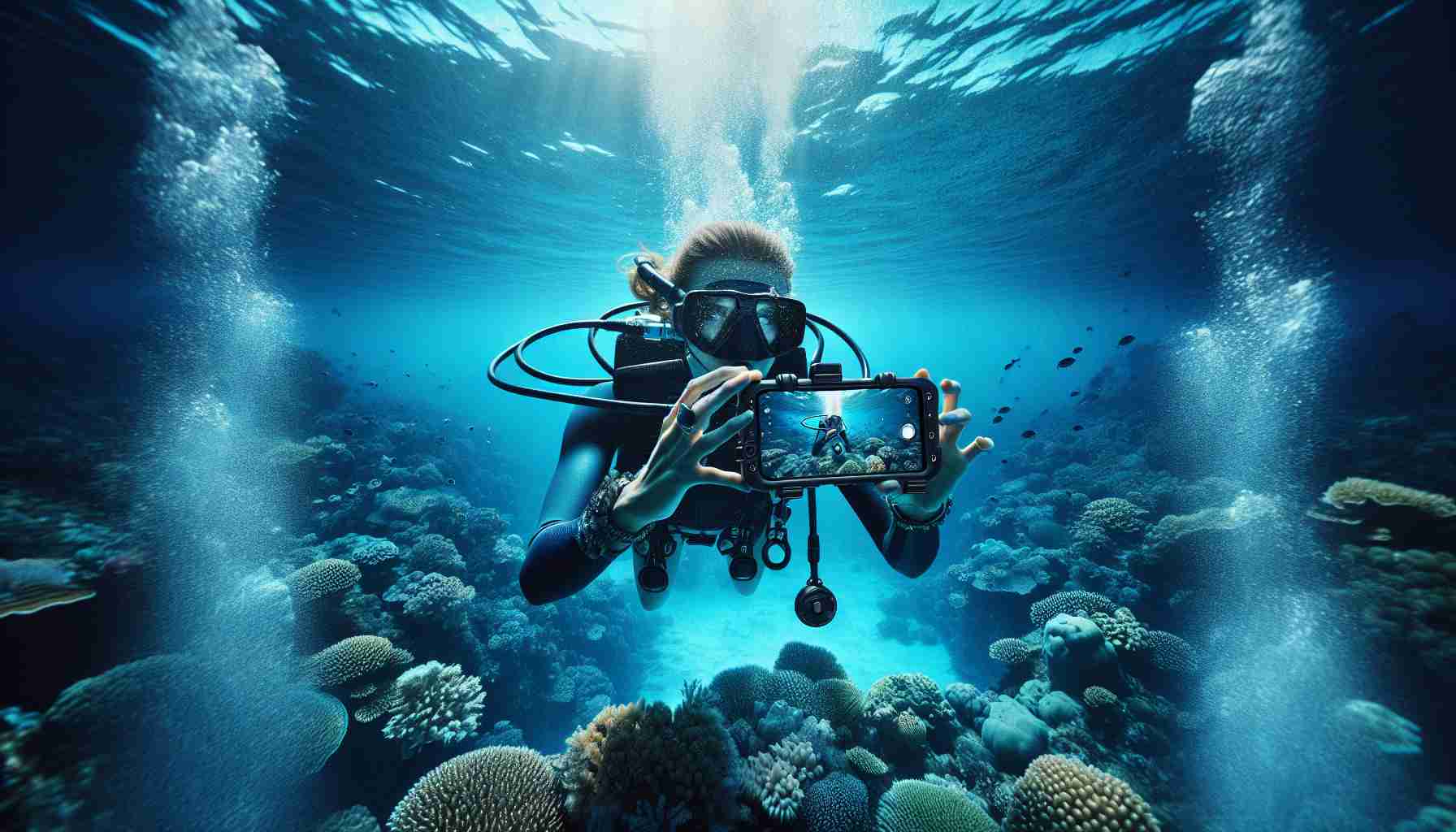Underwater exploration has just become more accessible thanks to the innovative SportDiver Ultra housing by Sealife, which is transforming how divers capture the beauty of the ocean depths. With the ability to accommodate smartphones like the iPhone 8 and above, as well as larger Android devices, this housing device makes it possible to dive up to 130 feet (40 meters) and photograph the wonders of aquatic life.
Constructed from a combination of polycarbonate, stainless steel, aluminum, and optical grade glass, the SportDiver Ultra is designed to balance the weight of different smartphone models, providing near-neutral buoyancy. This ergonomic housing enhances the user experience for swimmers, snorkelers, and scuba divers by offering easy-to-use external controls to adjust photographic settings on the fly.
The accompanying SportDiver camera app works with both iOS and Android platforms without compromising the user’s privacy, ensuring that photographs and videos are of the highest quality without requesting personal data. Sealife has also incorporated an advanced Leak Avoidance System and internal moisture sensors to prevent and detect potential breaches in the housing’s integrity.
Additionally, the SportDiver Ultra’s design includes multiple tripod mounts and supports numerous accessories like dome ports for ultra-wide lenses, catering to diverse photographic requirements. Starting at $349.95, Sealife offers divers an affordable alternative to conventional underwater camera gear, with a premium package including the Sea Dragon 2500 light at $749.95.
Although the SportDiver Ultra presents a groundbreaking solution, users must consider the housing’s depth restrictions and its reliance on the smartphone’s camera capabilities. Moreover, ensuring that the housing is properly maintained to combat challenges like saltwater corrosion is critical for longevity. For those passionate about marine photography, this new housing represents a significant stride forward in capturing underwater imagery with ease and versatility.
The article introduces the SportDiver Ultra housing by Sealife, which enables divers to use their smartphones for underwater photography up to 130 feet deep. Here is a breakdown of additional relevant facts, key questions, challenges, and advantages and disadvantages associated with this technology:
Additional Facts:
– Innovation in underwater camera housing often takes cues from advancements in smartphone technology, including improvements in camera sensors and image processing capabilities, which can enhance the quality of underwater photographs.
– Sealife’s competitors in the underwater camera housing market may also offer housings compatible with various smartphone models, but the combination of materials and features such as the Leak Avoidance System set the SportDiver Ultra apart.
– The increase in the quality of smartphone cameras has encouraged more casual photographers and divers to consider using their phones in various environments, including underwater.
Key Questions and Answers:
– Q: What level of photographic quality can be expected from smartphones when used underwater with the SportDiver Ultra housing?
A: The quality of underwater photographs will depend on the smartphone’s camera capabilities, as the housing itself does not enhance the camera’s performance but provides a protective and functional interface for underwater use.
Key Challenges or Controversies:
– Ensuring a watertight seal is of paramount importance; any failure in the housing’s integrity can lead to an expensive smartphone being damaged or destroyed.
– There may be concerns about how external variables, such as water pressure at different depths or lighting conditions, can affect the usability and performance of smartphone cameras underwater.
Advantages:
– The SportDiver Ultra housing makes underwater photography more accessible to a larger audience due to the ubiquity of smartphones.
– Accommodating multiple smartphone models increases its versatility.
– The ergonomic design and external controls promote ease of use and adjustability underwater.
– It’s generally more affordable than dedicated underwater camera systems.
Disadvantages:
– Limited by the smartphone camera’s capabilities; this may not satisfy professional photographers’ requirements for certain image qualities.
– The housing has a depth limitation, making it unsuitable for deeper technical dives.
– Longevity can be a concern as saltwater exposure requires diligent maintenance to prevent corrosion and ensure the seal remains intact.
For further information and updates from the manufacturer itself, you might consider visiting the Sealife website: sealife-cameras.com. Remember always to verify any URLs for their validity and security before accessing them.
The source of the article is from the blog jomfruland.net
